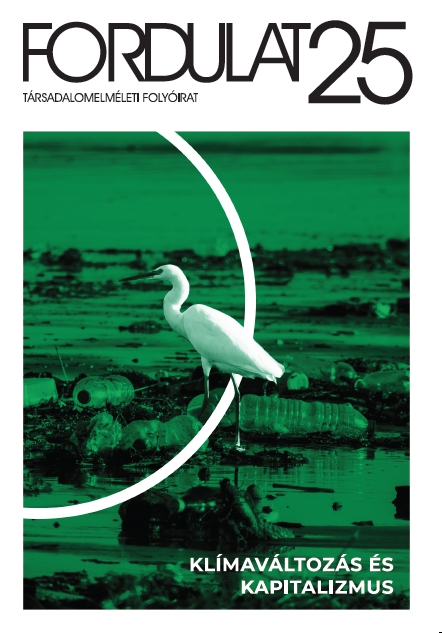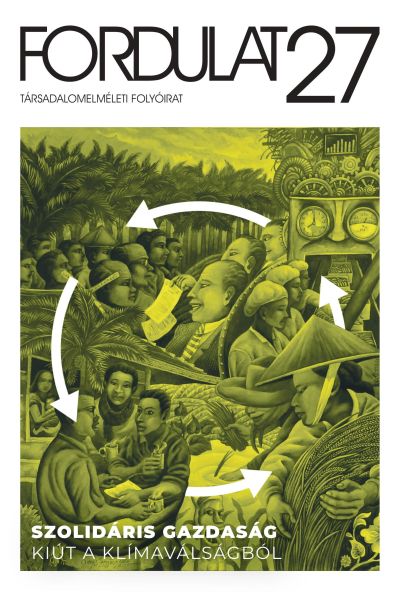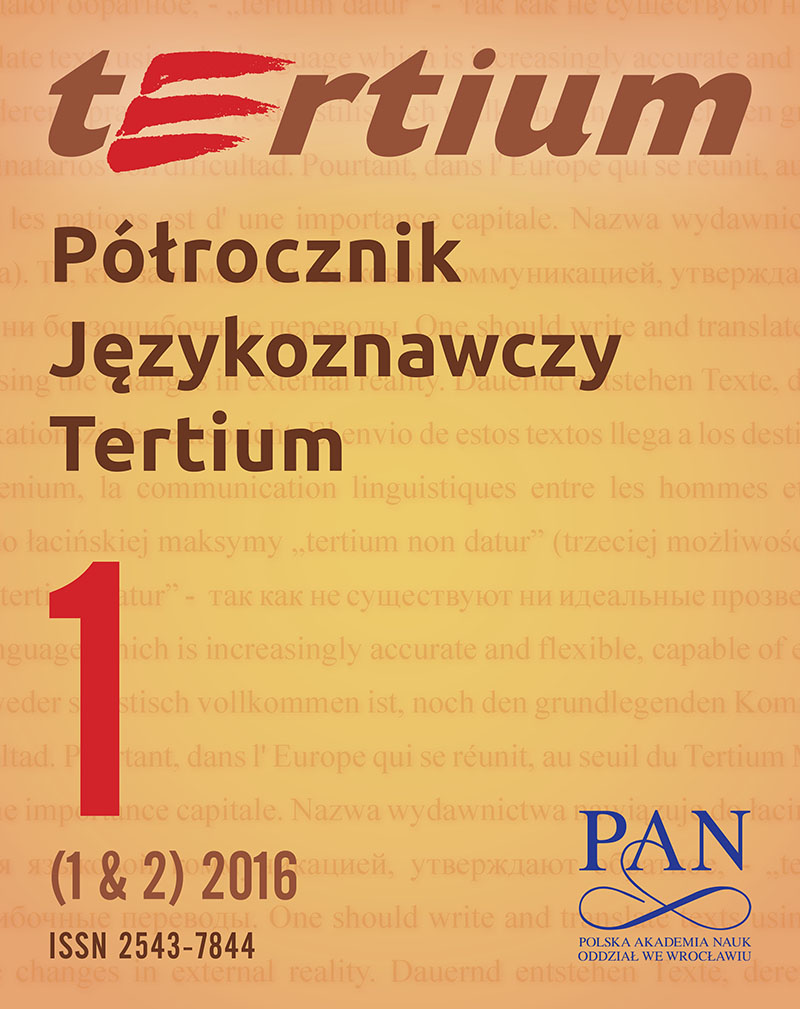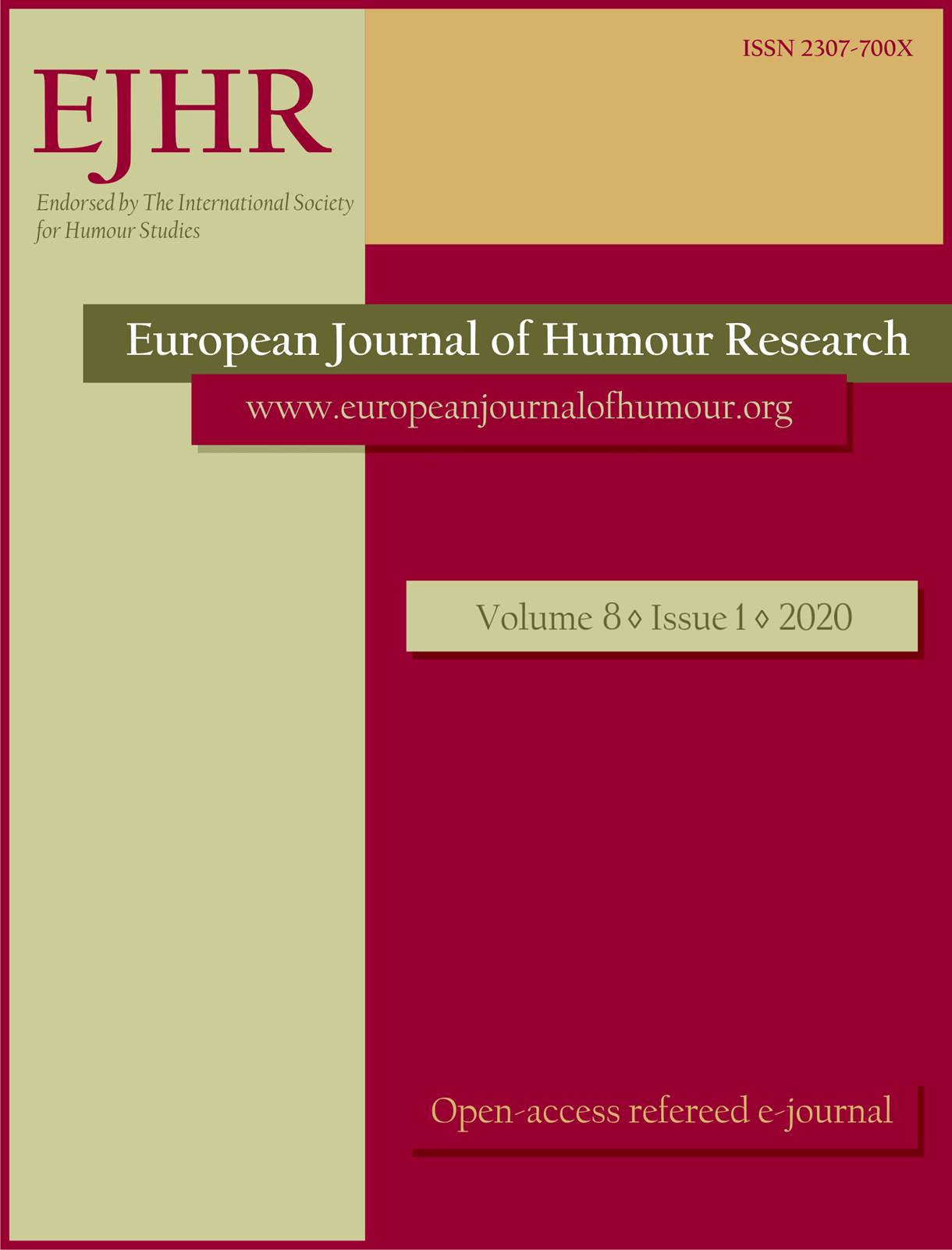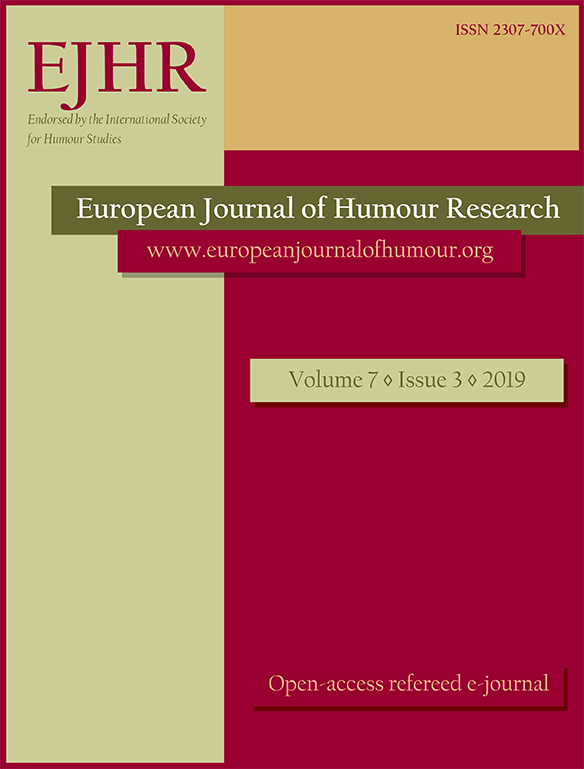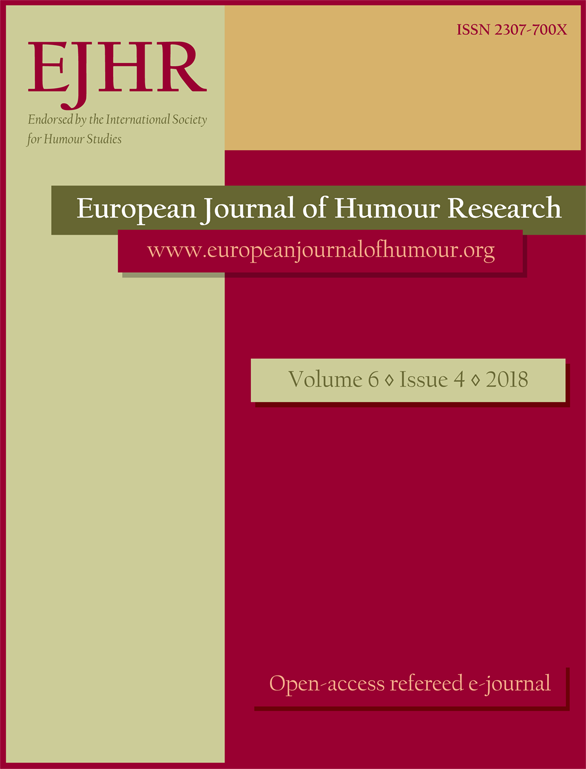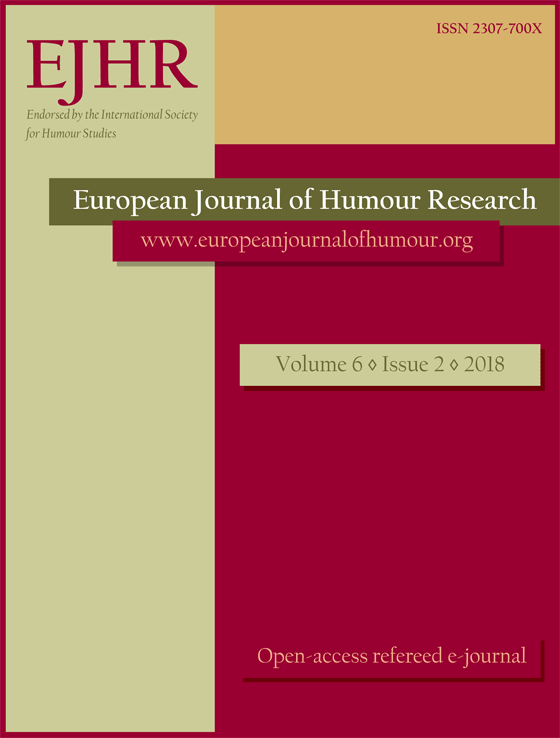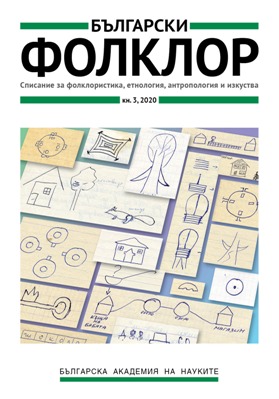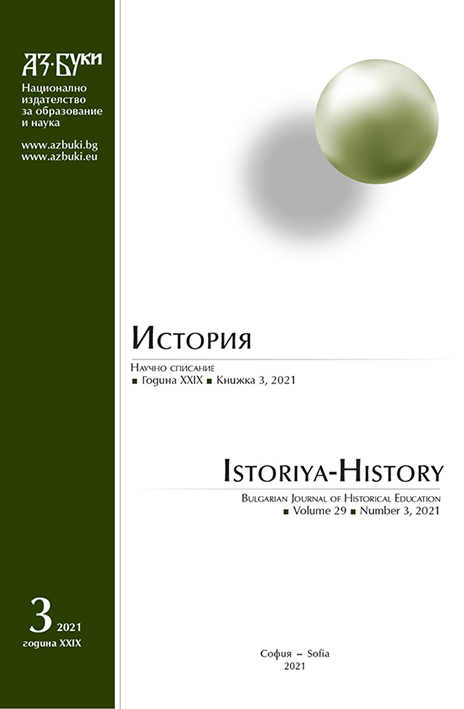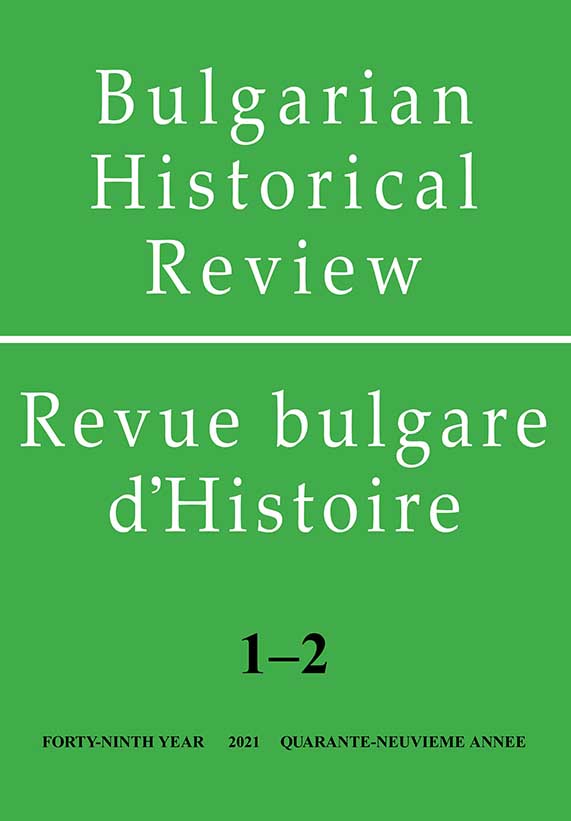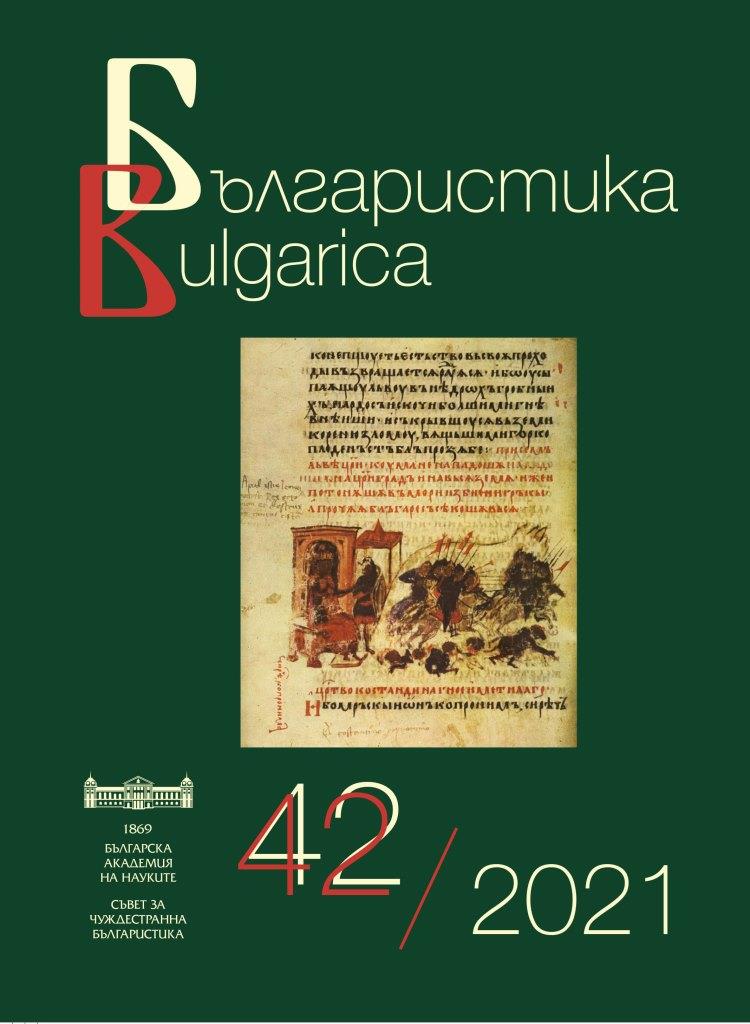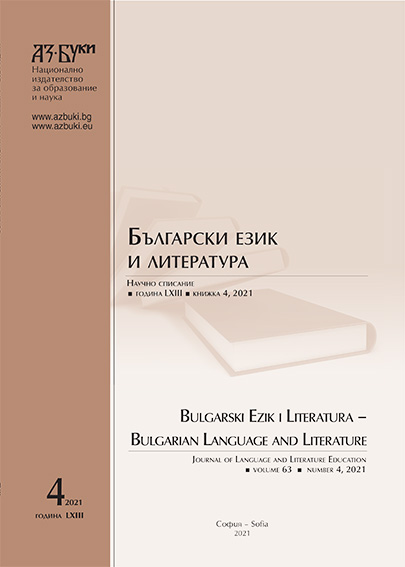Author(s): Elżbieta Laskowska / Language(s): Polish
Issue: 1&2/2016
Celem referatu jest zebranie dotychczasowych sposobów rozumienia zagadnienia języka uczućprzez lingwistów oraz zaproponowanie sposobu opisu języka uczuć. Zagadnienie to byłoprzedmiotem zainteresowania takich badaczy jak Wierzbicka, Grabias, Nowakowska-Kempna,Awdiejew, Habrajska, Pajdzińska, Data. Biorąc pod uwagę poziomy języka, uwzględniane wgramatyce komunikacyjnej, autorka rozważa zjawiska nazywanie uczuć oraz ich wyrażania.Nazywanie mieści się na poziomie ideacyjnym, Wyrażanie – na poziomie interakcyjnym.Badając wypowiedzi pod względem języka uczuć, zauważyć można, że nie zawsze łatwo jestwskazać granicę między wymienionymi poziomami. Trudności te związane są przede wszystkimz dwiema kwestiami. Pierwsza z nich polega na wykorzystaniu nazw uczuć do ich wyrażania,mamy wtedy do czynienia z wyrażaniem uczuć za pomocą ich nazywania. Druga kwestia toemotywne nacechowania nazw uczuć albo też emotywne nazywanie reakcji mogącychświadczyć o uczuciu. Analiza wypowiedzi, zawierających nazywanie i wyrażanie uczućdowodzi, że w różnych odmianach języka omawiane zjawisko występuje w bardzo różnychzakresach i przejawia się bardzo zróżnicowanymi środkami językowymi). // The goal of the paper is collecting hitherto existing ways of understanding the concept of the language of feelings by linguists and suggesting a way of describing the language of feelings.This question was the subject interest of such researchers as Wierzbicka, Grabias,Nowakowska-Kempna, Awdiejew, Habrajska, Pajdzińska, and Data. Taking into account the levels of a language, included in communication grammar, the author considers naming of feelings and expressing them. The naming is contained in the ideation level, the expressing –in the interaction level. Examining utterances with reference to the language of feelings one can notice that it is not easy to show a borderline between the mentioned levels. The difficulties are mainly connected with two questions. The first one consists in using the names of feelings for expressing them, in which the feelings are expressed by naming them. The second question is the emotive marking of the names of feelings or emotive naming of reactions which can manifest the feeling. The analysis the utterances including naming and expressing feelings proves that the phenomenon in question occurs in various scopes and manifest in diverse means of language.
More...
